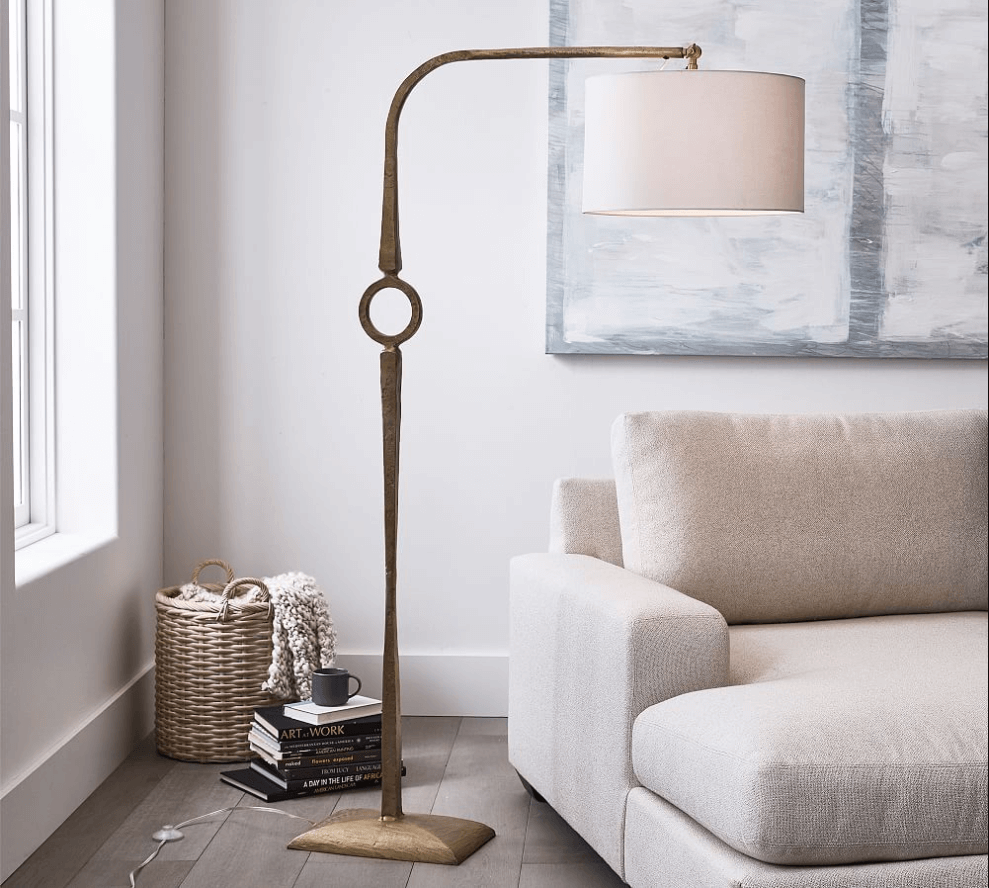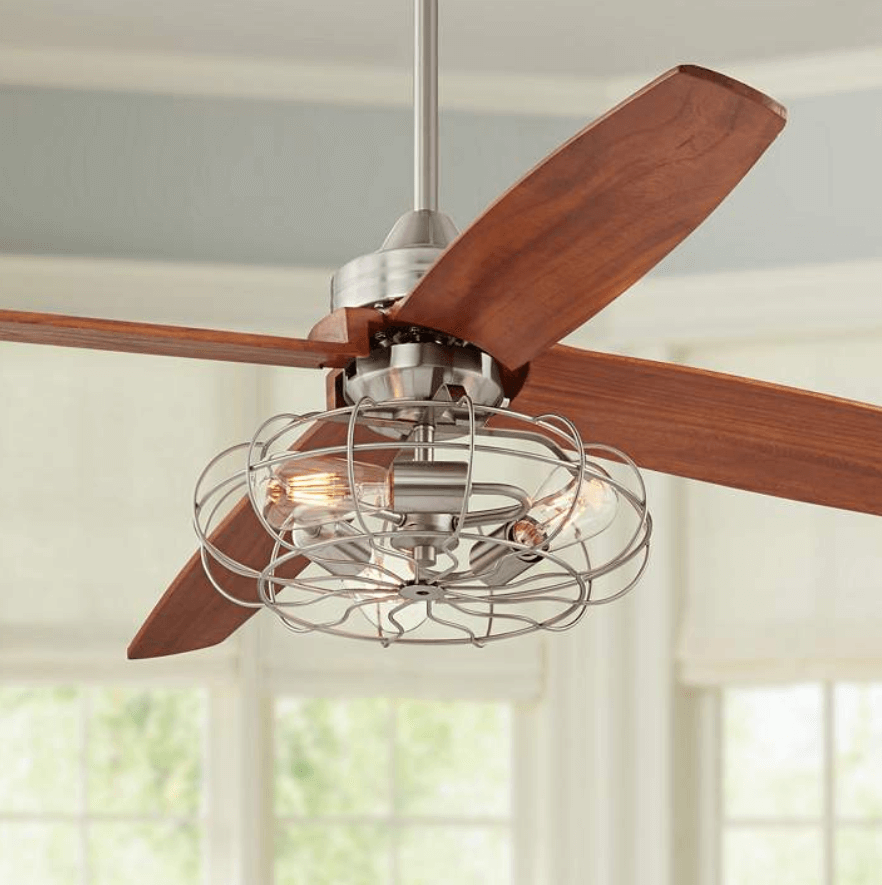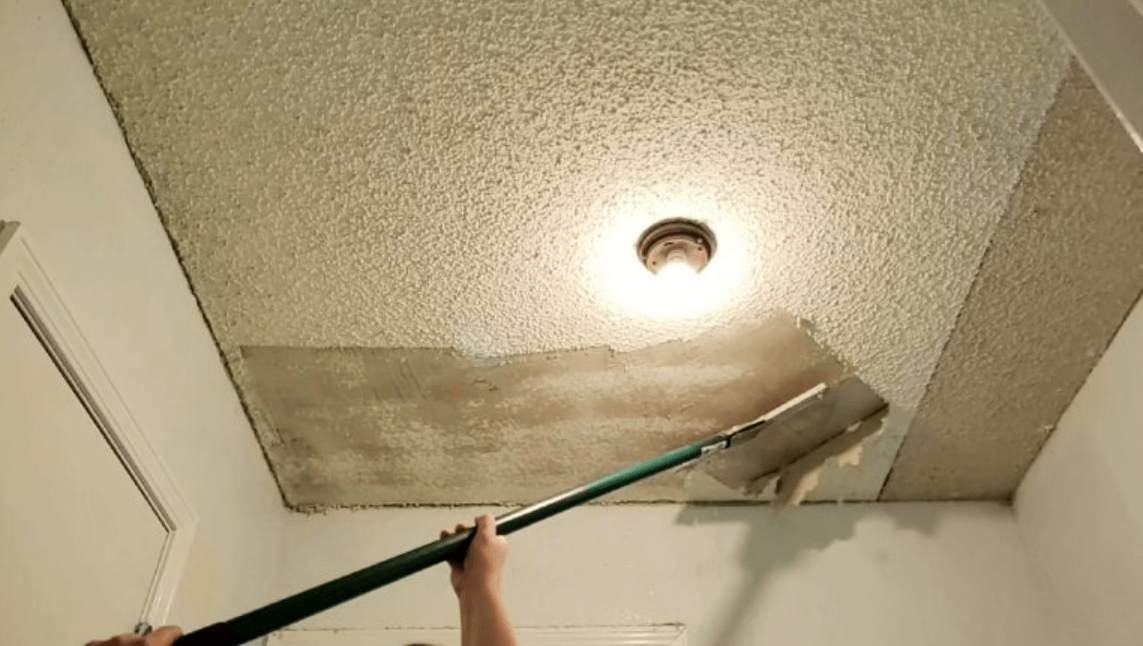When it comes to your kitchen, having a reliable and functional faucet is crucial. Delta kitchen faucets are well-known for their quality and performance. However, like any mechanical device, faucets can experience wear and tear over time. In this article, we will explore the various Delta kitchen faucet parts, their functions, and how to troubleshoot common issues that may arise. Whether you’re a DIY enthusiast or want to be more informed about your kitchen faucet, this comprehensive guide has got you covered.
Understanding Delta Kitchen Faucets
Delta Faucet Company has been a leading brand in the industry for decades. They are known for their innovation, durability, and elegant designs. What sets Delta faucets apart from the competition advanced technologies. This ensures that their faucets look great and function flawlessly for years.
Delta Kitchen Faucet Components
To understand how your Delta kitchen faucet works, it’s essential to know its major components:
Handle and Handle Assembly
The handle is the part you operate to control the flow and temperature of the water. It is connected to the handle assembly, which contains the faucet’s internal mechanisms.
Spout and Sprayer
The spout is the fixed outlet where water flows into the sink. Some Delta faucets come with a pull-out or pull-down sprayer for added convenience in the kitchen.
Cartridge Valve
The cartridge valve is a crucial part of the faucet, responsible for regulating water flow. It is often the culprit behind leaks and drips.
Aerator
The aerator mixes air with water, providing a steady and splash-free stream. It also helps conserve water by reducing flow rates.
Escutcheon Plate
Hides the holes in the sink or countertop through which the faucet is mounted.
Ball Assembly
Found in single-handle faucets, the ball assembly controls the temperature and water flow.
O-rings, Washers, and Seals
These small but essential components prevent leaks and ensure a watertight seal between moving parts.
Supply Lines
Supply lines deliver water from the main supply to the faucet.
Common Delta Faucet Problems and Troubleshooting
Even with Delta’s renowned quality, occasional issues can arise. Here are some common problems and how to troubleshoot them:
Dripping Faucet
A dripping faucet is not only annoying but also wasteful. It’s often caused by a worn-out cartridge valve that needs replacement.
Low Water Pressure
Low water pressure can result from a clogged aerator or debris in the supply lines. Cleaning or replacing these parts can restore normal flow.
Leaky Handle
Worn-out O-rings or seals usually cause leaky handles. Replacing these components can fix the issue.
Sprayer Malfunctions
If your sprayer is not functioning correctly, it might be due to mineral buildup.
How to Disassemble a Delta Kitchen Faucets parts
Gather the necessary tools and materials before disassembling your Delta kitchen faucets parts. Turn off the water supply to the faucet and close the drain to avoid losing small parts. Follow this step-by-step guide to disassemble your faucet:
Preparing for the Disassembly
Gather your tools, including screwdrivers, pliers, and an Allen wrench. Place a cloth or towel.
Step-by-Step Disassembly Guide
- Once the handle is off, you’ll find the handle adapter. Remove it by turning it counterclockwise.
- Take out the spout by twisting it counterclockwise.
- After removing the spout, you’ll find the ball assembly, which can be lifted out.
- Use pliers to remove the cap and collar, revealing the cartridge.
- Carefully remove the cartridge using pliers or a cartridge puller tool.
Cleaning and Replacing Components
Inspect all the components for signs of wear or damage. Clean each part thoroughly with a mixture of vinegar and water. Replace any faulty parts with genuine Delta replacements.
Identifying and Replacing Faulty Parts
Knowing when to replace a part is essential to keep your Delta faucet working optimally. Some components, like O-rings and washers, are inexpensive and easily replaceable. However, more complex parts may require professional assistance. Always refer to the manufacturer’s guidelines and follow the correct installation procedures.
Delta Faucet Maintenance Tips
Delta kitchen faucet significantly. Here are some essential tips:
Regular Cleaning and Care
Clean your faucet regularly with mild soap and water to prevent mineral buildup and maintain its shine.
Lubrication of Moving Parts
To ensure smooth operation, apply silicone-based lubricant to the cartridge and other moving parts.
Avoiding Common Mistakes
Avoid using abrasive cleaners or rough sponges, as they can damage the faucet’s finish. Additionally, refrain from using excessive force when operating the handle to prevent premature wear.
Upgrading Your Delta Kitchen Faucets parts
If you’re looking to upgrade your kitchen faucet, innovative options. Upgrading can enhance the functionality and aesthetics of your kitchen. Consider the following when making your decision:
Benefits of Upgrading
Newer Delta faucets often come with improved features such as touchless operation, magnetic docking for the sprayer, and water-saving technologies.
Choosing the Right Model
Select a faucet that complements your kitchen’s design and meets your specific needs.
DIY vs. Professional Installation
Simple faucet replacements can be done as DIY projects. However, hiring a professional plumber is best to ensure a proper fit and prevent leaks for more complex installations. Read more…
Conclusion
Delta kitchen faucets parts are not only stylish but also built to last. Understanding the various parts of your faucet and in the long run. Remember to perform regular maintenance and promptly address problems to keep your faucet functioning at its best.
Frequently Asked Questions
1. Can I replace Delta faucet parts on my own?
Yes, many Delta faucet parts are designed for easy replacement. However, complex issues may require professional assistance.
2. How often should I clean my Delta faucet?
Regular cleaning once every two weeks is recommended to prevent mineral buildup and maintain the faucet’s appearance.
3. Are all Delta faucet parts interchangeable?
Not all parts are interchangeable, as different models may have unique components. Always check for compatibility before making a purchase.
4. What should I do if my faucet is leaking?
If your faucet is leaking, try replacing the O-rings or cartridge first. If the issue persists, contact Delta’s customer support for further assistance.
5. Where can I get authentic Delta replacement parts?
Authentic Delta replacement parts are available through authorized dealers, hardware stores, or Delta’s official website.










